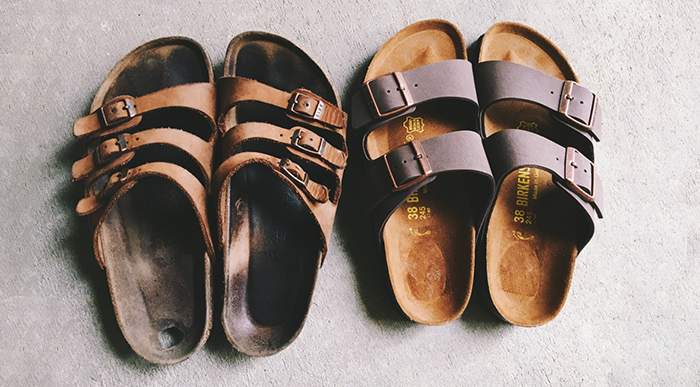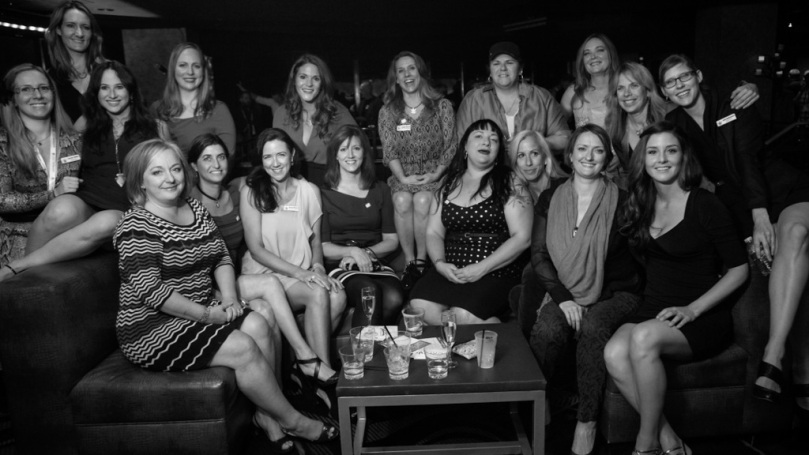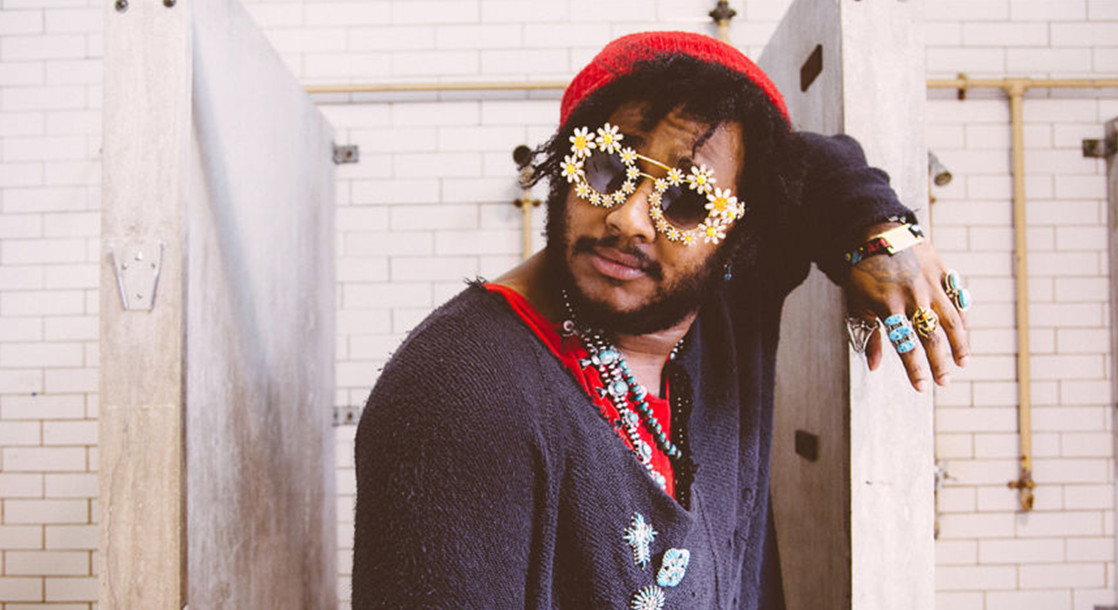The story of Birkenstocks, those comfy sandals most of us associate with hippie stoners, begins in 1774, when a man by the name of Johann Adam Birkenstock was registered as a “vassal and shoemaker” at a local church. This marked the beginning of a family business that grew through multiple generations of driven, successful Birkenstock men. From the very beginning, Birkenstock was synonymous with comfort, and each generation of Birkenstock doggedly sought new ways to make its shoes an orthopedic dream. The success of the company led to a large national contract during World War I and admiration in medical circles. The shoes provided so much comfort that the company published a book titled Podiatric System BIRKENSTOCK, which became a respected textbook in Germany.
The transition from the medical industry leader to fashion statement began for Birkenstock in 1964, when its patented contoured arch was incorporated into a sandal. By 1966, Birkenstock was in the American market, and the brand came to be identified with hippie culture. (If your parents were into the Dead or Janis Joplin, they likely had a pair in their closet.) Birkenstocks came to America thanks to a woman named Margot Fraser who bought a pair on a German business trip, and liked them so much that she spoke with the company about importing them once she got home. She saw an opportunity to introduce the shoes to a new subculture of young people who valued comfort and individuality over the refined tastes of high fashion. John Fiske calls this period the “Jeaning of America,” and Fraser was right to think that Birkenstocks would fit right into this cultural moment. Fraser’s first customers were health food stores. The doctor-approved design appealed to their wellness-conscious customers, and soon the shoes spread coast to coast from San Francisco to Burlington, Vermont.
By the ’70s, everyone who identified with hippie culture had to have a pair of Birkenstocks to prove their bonafides. This remains true today: Seattle remains the biggest Birkenstock market, and in the Bay Area, the shoes are called “Berkeleystocks.” It shouldn’t surprise you to hear that the hippie-punching ’80s were the slowest period for sales for the company’s American branch. When everything was black and sleek, the sandal was left out in the cold.
Since their introduction, Birkenstocks have had periodic moments in the public eye, but the ’90s were actually the pinnacle of the company’s popularity. In the early ’90s, they had a moment after Kate Moss and Perry Ellis brought them to the runway along with the grunge aesthetic. Soon stars were following suit: Madonna, Harrison Ford, and Sissy Spacek were all spotted in Birkenstocks. Coinciding with a renaissance of the hippie movement—remember Woodstock II y’all?!—Birkenstocks were the footwear of the foot soldier in the neo-hippie movement.
Recent years have seen the Birkenstock transform into high fashion. Fur-lined Birkenstocks (“Furkinstocks”) became a fashion statement, making appearances on the Paris runway and on the feet of numerous celebrities, including Rihanna, Cara Delevingne, Zoe Kravitz, the Olsen Twins, Vanessa Hudgens, and Jessica Alba. Miley Cyrus threw some shade, but whatever. The entree of Birkenstocks into high fashion led to more experimentation: metallic colorways, edged with metallic studs, or patterned with pink roses, polka dots, and more. Vogue even ran a story entitled “Pretty Ugly: Why Vogue Girls Have Fallen for Birkenstock.”
What happens after this next Birkenstock renaissance comes to an end? The company isn’t too worried about it, so maybe we shouldn’t be either. Fashion trends come and go; it’s a certainty that high-fashion’s flirtation with Birkenstock won’t last forever. However, with sales of 20 million pairs a year, it is a certainty that Birkenstocks will live on to comfort future generations of feet. Birkenstock’s core constituency of college professors, off-duty trail guides, and granola salesmen has remained loyal for the last half-century, and will likely stay the course for another 50 years.











